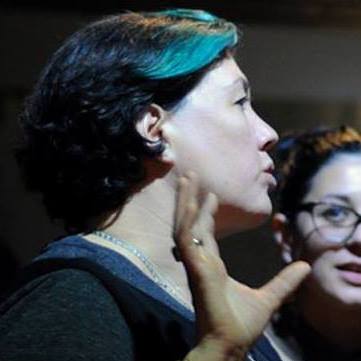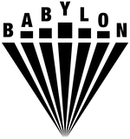PATTERNS OF THE MIND
“Medium is the message,” the famous phrase of Marshall McLuhan, written at the height of modernism and at the point of its conversion to post-modernity, has become so deeply imbedded in our psyche that we hardly notice that its relevance is challenged by today’s artistic climate. Today, we are surrounded by and constantly bombarded with so many messages in numerous media – digital and analog, traditional and state-of-the-art – that the message of any particular medium becomes diluted and interrupted having to compete for attention with other media.
With the explosion of globalization and cutting-edge communication tools, there has been an emergence of the phenomenon of digital tribalism when artists unite into groups not on the grounds of geography, but rather according to their interests.
The predominant characteristic of art tribes throughout time has been the need to share and to communicate ideas, thoughts, observations and views. Digital networks achieve this objective by connecting like-minded members of such new tribes across the continents. As the principal players move around the arena, a self-assembled dynamic network structure emerges that no single player can control. As an example, one could cite Rhizome as a global community that not only unites digital artists, but also aggressively promotes subcategories of the electronic tribes. Just to mention a few: “An internet art aesthetic phenomenon that invokes a pastiche of imagery that ranges from motifs drawn from classical antiquity to computer-generated animation”, “Technology connects us to porn, our partners, and whatever other bodies we might desire”, and here comes the digital age anarchy presented by Simon Poulter in his paper “Anarchy and the Big Society Machine”: «Anarchism in an electronic age defies definition and will always tend towards sets of values or ways of thinking and doing that evolve from tensions in the individual and collective process. We could say that in this respect anarchism is defined as useful tension between community (or state) and self…»
Let us consider the fact that the tribalization through electronic media not just impacted artists who are interested in the digital media, but it also changed the social behavior of the entire art community. In this day and age, it is unlikely that somebody would subscribe to a publication that lists art competitions, grants or festivals when it is possible to obtain this information by clicking on your computer screen. In such a manner, the networking becomes a part of traditional art communities.
Digital networks have taken tribal behavior to a whole new level of collective consciousness: dynamic self-assembling tribes that come into existence almost instantaneously. Human civilization has gone from local to national and from national to trans-national tribal behavior and congregation enabled by digital catalysts.
On the other hand, in our post-post-modern epoch, McLuhan’s other insight becomes important, which is that once the media do the job of man’s individuation and alteration of his environment by “evoking in us their unique ratios of sense perceptions,” what counts is the ability to choose among them to communicate the message. Medium matters, but only up to a point, as a conduit for the message. Patterns of the Mind is an exhibition about the primacy of the artist’s message, in which any medium is only a tool to carry it across.
Anna Frants, Festival Curator



















